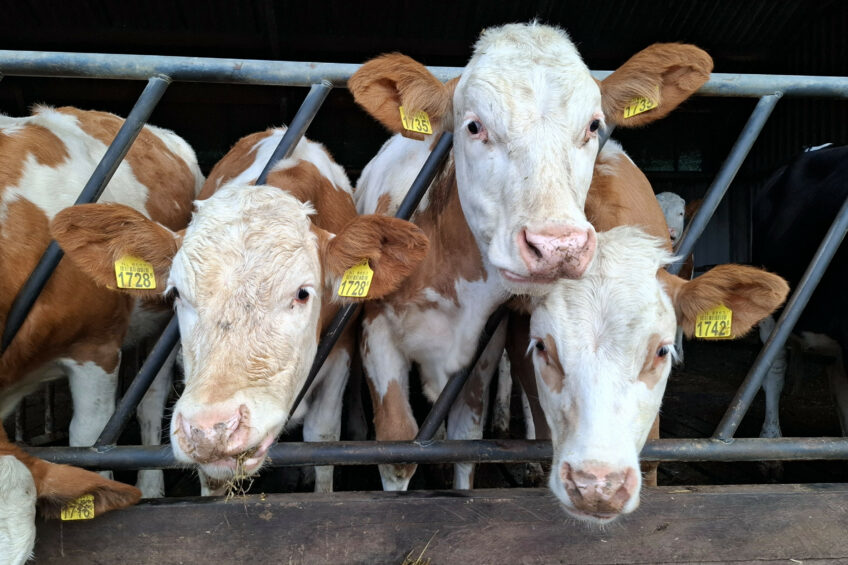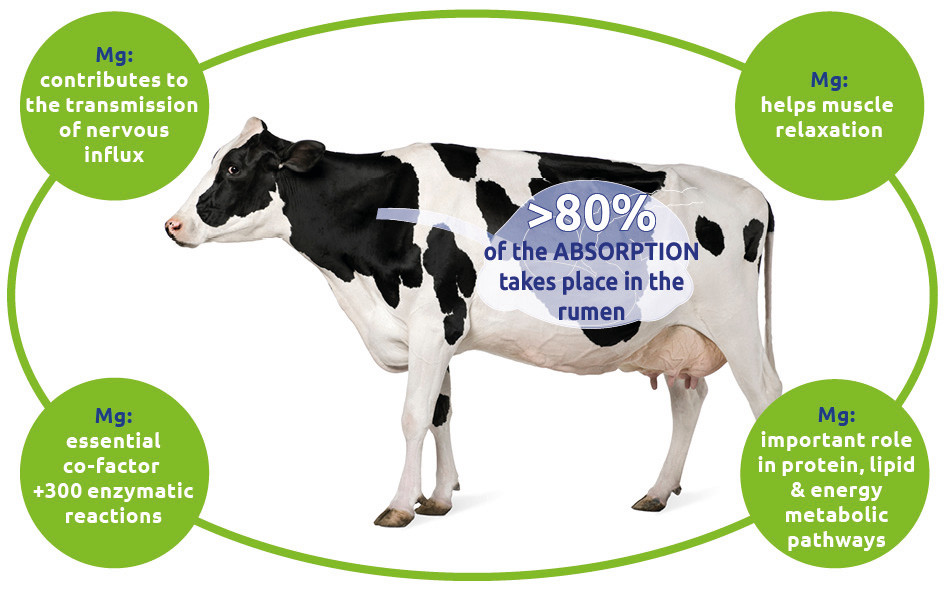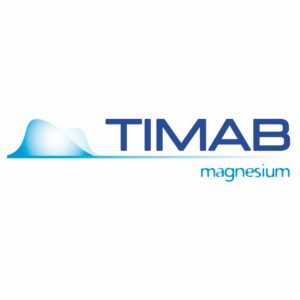Magnesium: The cornerstone to animal health

Magnesium is an essential mineral in cattle nutrition, influencing numerous biochemical reactions. Ensuring adequate magnesium intake is vital for optimal growth, milk production, and overall animal well-being.
Magnesium plays a crucial role in energy metabolism, protein synthesis, milk fat production, and neuromuscular function in ruminants. As a cofactor in ATP production, it ensures efficient cellular energy production, which has a direct impact on growth, feed efficiency, and lactation performance.
Beyond energy metabolism, magnesium is essential for protein synthesis and muscle development as it supports ribosomal function and amino acid metabolism, making it essential for growth, immunity, and reproduction. By activating enzymes that regulate lipid metabolism, magnesium also ensures proper fat synthesis in the mammary gland. Studies indicate that inadequate magnesium intake is associated with lower butterfat content, particularly in high-yielding cows. Additionally, magnesium regulates nerve transmission and muscle contraction, preventing disorders that can severely impact cattle well-being such as grass tetany.
Factors influencing magnesium absorption
Magnesium absorption varies depending on multiple factors, including diet composition, soil quality, and mineral interactions. High-potassium fertilisation of pastures can reduce magnesium absorption by 30-50%, making lush spring and autumn forages particularly risky. Similarly, excessive calcium or phosphorus intake can interfere with magnesium utilisation by competing for absorption sites in the digestive tract.
Forage analysis reveals that many common feedstuffs contain insufficient magnesium. Fresh pasture grass, for example, typically provides only 0.12-0.18% dry matter magnesium, which is below the recommended intake for lactating cows. In contrast, legume forages such as alfalfa offer higher magnesium levels, ranging from 0.25-0.30% dry matter, making them a better natural source. Understanding these inherent differences in forage composition enables producers to make informed decisions about supplementation strategies.
Optimising magnesium supplementation
Growing beef cattle require 0.10%-0.20% dry matter magnesium while lactating dairy cows need 0.30%-0.35% dry matter to meet the heightened demands of milk production. It is imperative that these magnesium requirements are met through the diet, as cattle are unable to mobilise magnesium from their bones as they can with calcium.
 To ensure optimal magnesium intake, it is crucial to select the appropriate supplementation source, as not all magnesium compounds offer the same bioavailability. Among the available options, magnesium oxide stands out due to its high magnesium concentration and cost-effectiveness. However, its effectiveness can vary considerably depending on production and processing factors such as rock origin, mineral composition, calcination temperature, and particle size distribution. Over-calcined magnesium oxide, for example, tends to have lower solubility in the rumen, reducing its bioavailability and limiting its effectiveness as a supplement.
To ensure optimal magnesium intake, it is crucial to select the appropriate supplementation source, as not all magnesium compounds offer the same bioavailability. Among the available options, magnesium oxide stands out due to its high magnesium concentration and cost-effectiveness. However, its effectiveness can vary considerably depending on production and processing factors such as rock origin, mineral composition, calcination temperature, and particle size distribution. Over-calcined magnesium oxide, for example, tends to have lower solubility in the rumen, reducing its bioavailability and limiting its effectiveness as a supplement.
Given these variabilities, controlling the quality of magnesium oxide is essential to ensure consistent and reliable supplementation. Timab has developed a specific blend of magnesium oxide that is carefully selected to control all these parameters. By optimising raw material sourcing, refining the production process, and standardising key physicochemical characteristics, this approach provides a magnesium source with enhanced bioavailability and improved efficiency in cattle nutrition.
Conclusion
Magnesium is an essential mineral that directly influences cattle performance, from energy metabolism to muscle function. By understanding the factors that affect magnesium absorption and selecting high-quality magnesium oxide sources, producers can safeguard herd health and optimise productivity, ensuring both efficient and profitable cattle operations.
Join 13,000+ subscribers
Subscribe to our newsletter to stay updated about all the need-to-know content in the dairy sector, two times a week.


